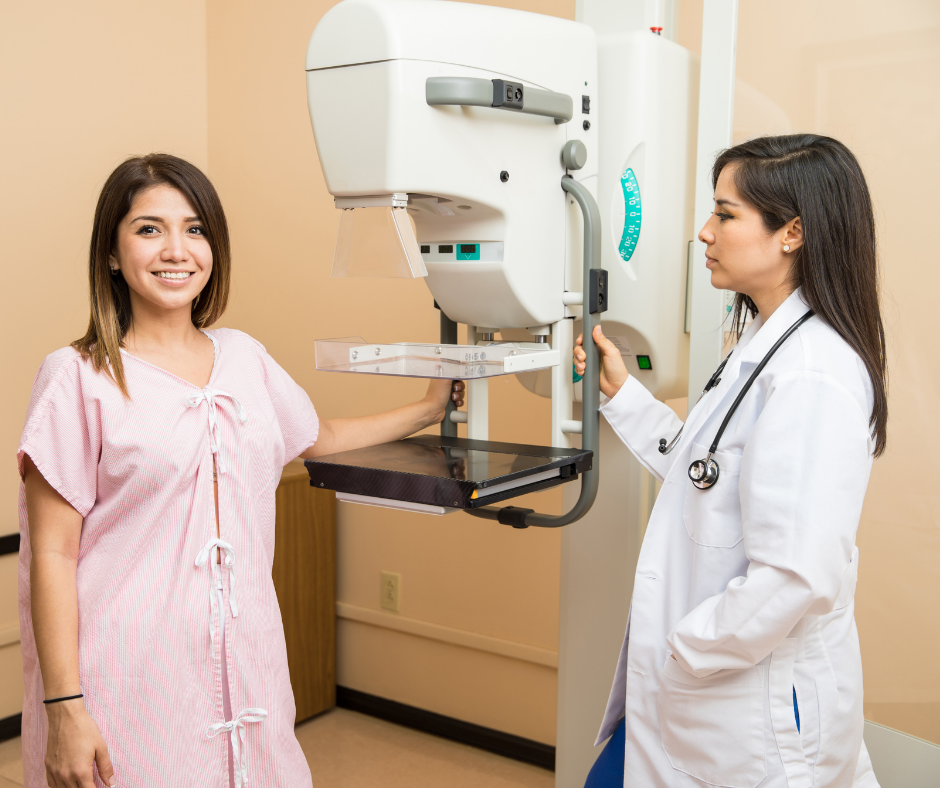We saw in the last post that dense breasts are responsible for many false-negative mammograms. What exactly are “dense breasts?”
Dense Breasts
Breasts consist of three kinds of tissue: Structural fibrous (connective) tissue; glandular tissue responsible for the production and transportation of milk,; and fat. Breasts having mostly fibroglandular tissue and little fat are considered dense.
Dense breasts is a radiological description based on what a radiologist sees on a mammogram, A woman cannot tell whether or not she has dense breasts through manual self-examination.
Breast density exhibits a hereditary component – if your mother had dense breasts, chances are you will, too.
Younger women tend to have denser breasts than older women, which explains why false-negatives occur more frequently in that demographic. As women age, their breasts tend to become fattier.
Increased Cancer Risk
Having dense breasts is normal, NOT a medical condition. However, they ARE associated with an increased risk of breast cancer. This increase is independent of false-negatives related to dense tissue hiding small cancers. The specific factors behind the increased risk remain unknown.
Effect of Dense Breasts on Mammograms
Fibroglandular tissue is dense and appears as white areas in mammograms. Fatty tissue is not dense – and looks dark.
Tumors boast the same density as fibroglandular tissue. They also appear as white areas in mammograms. In dense breasts, the large amount of dense, fibroglandular tissue can easily “mask” small cancers, making them extremely hard to detect.. The camouflaging effect results in false-negatives.
Imaging Studies
Because of the challenges standard mammograms face with dense breasts, additional imaging studies are often used for screening. Supplemental tests include 3-D mammograms (breast tomosynthesis), MRI and ultrasound. The combined use of these imaging tools improve the odds of finding cancers at an earlier stage.
Presently, most states require that women be told about breast density after a mammogram. Unfortunately, there are no standards regarding what specific information must be shared. Laws don’t always require that women be told their own level of breast density, either. Ask your doctor for this information. It’s important to have it when discussing risks and treatment strategies.
For more information, please check the Dense Breasts: Answers to Commonly Asked Questions page on the National Cancer Institute website.
Photo by Charles 🇵🇭 on Unsplash
